In Europe, transport generates around 28% of greenhouse gases, with road transport generating the highest and fastest-growing levels of emissions in recent years. According to a 2019 report by the World Tourism Organization (WTO), the tourism sector contributes to these emissions: globally, the sector was responsible for 1.5 billion metric tons of GHGs in 2016, a figure that is expected to increase 25% by 2025.
A report by CCDR.-LVT in 2014 shows that the road transport sector produces most of the polluting emissions in the Lisbon and Tagus Valley Region, with the main culprit being the automobile.
See how far you can travel without taking a flight or crossing the ocean, powered only by an increasingly green form of energy: electricity.

a. Global transport trends of GHG emissions
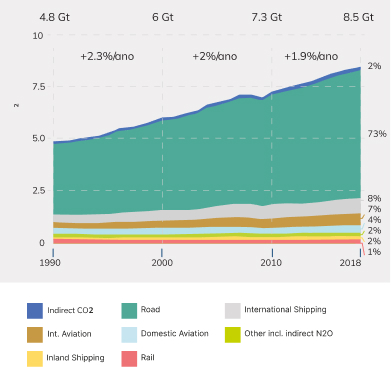
GHG emissions (Gt CO2eq/year)
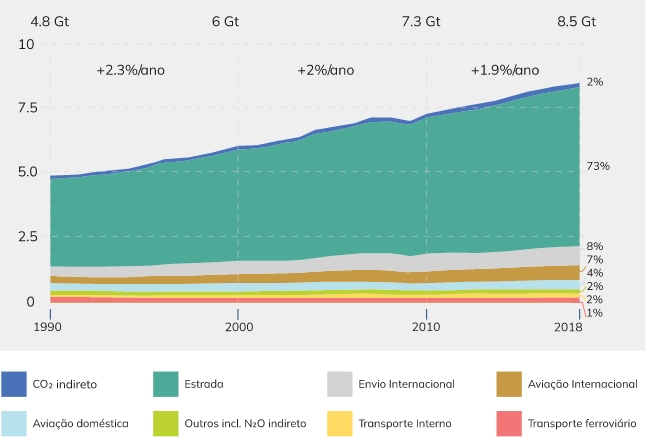
b. Trends in regional transport of GHG emissions
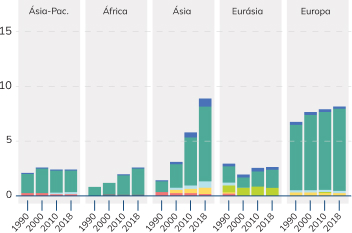
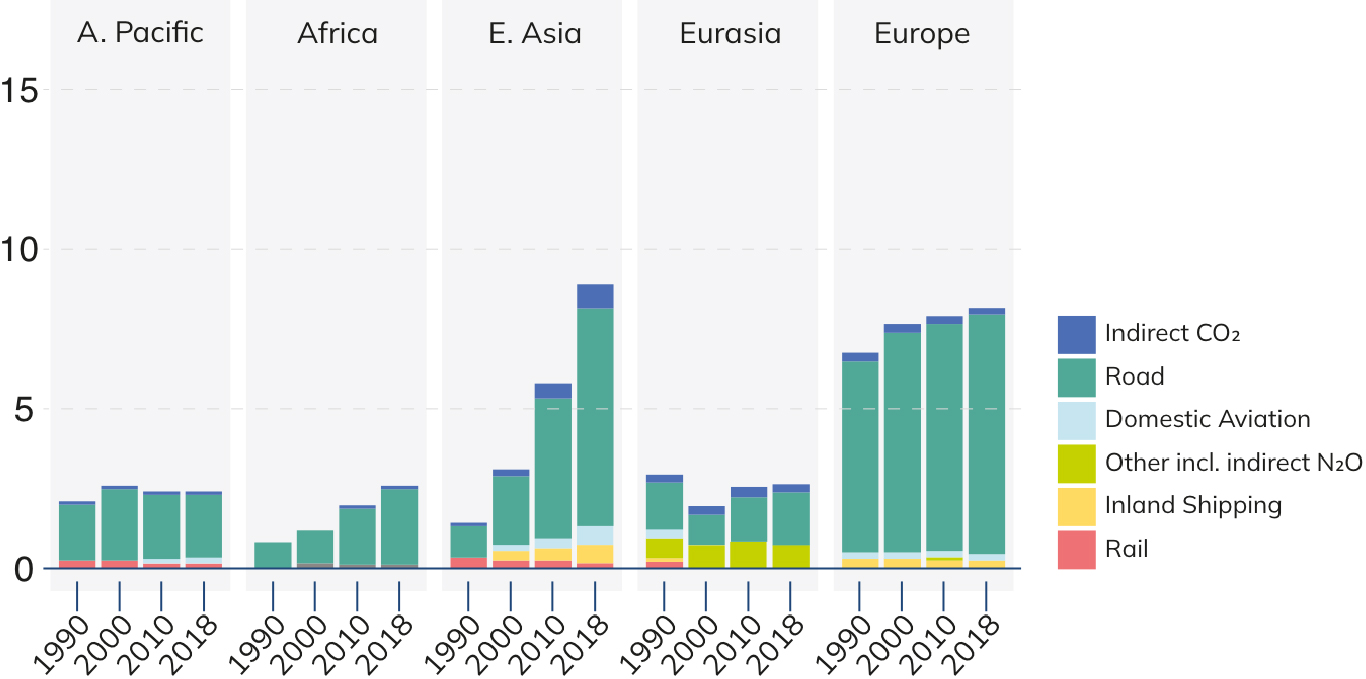
GHG emissions (Gt CO2eq/year)
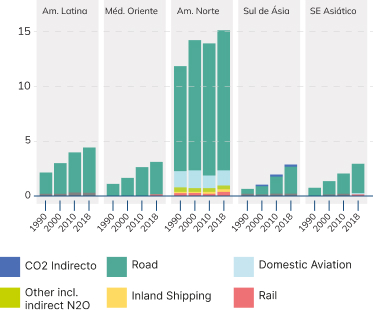
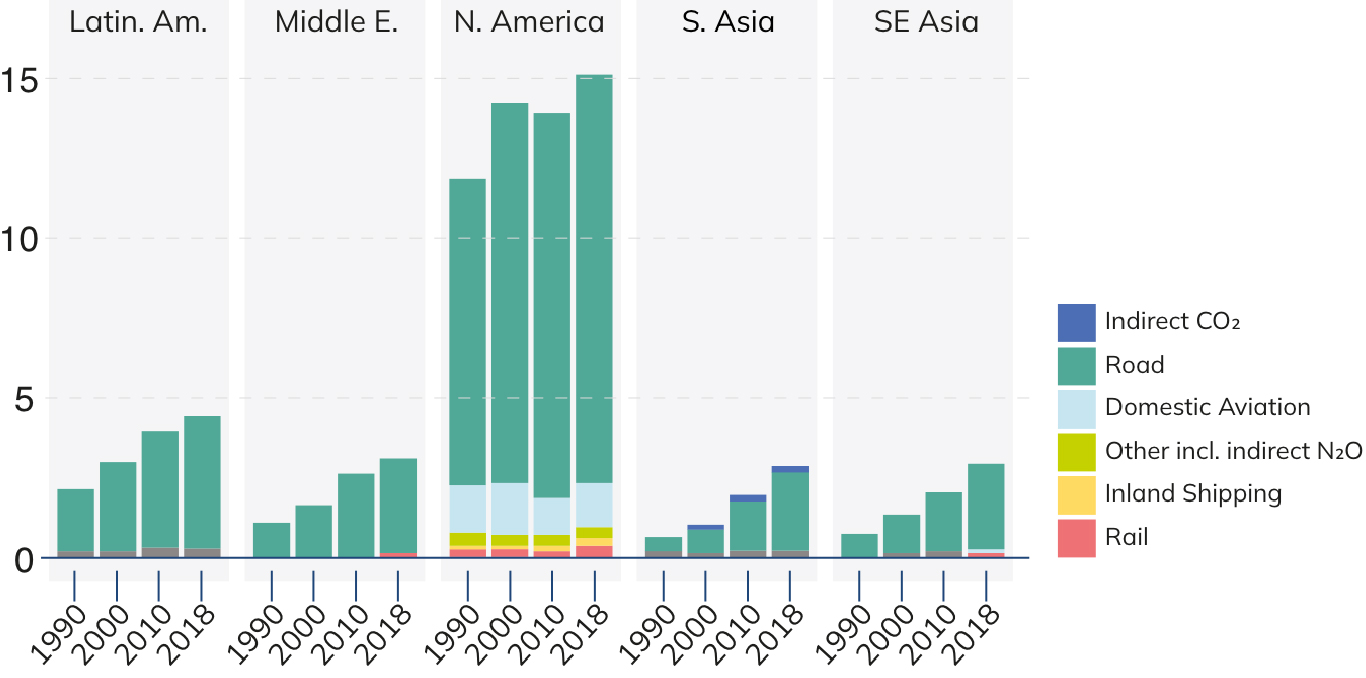
Global and regional trends in GHG emissions for the transport sector. Panel b) shows emissions in the years 1990, 2000, 2010 and 2018. Indirect emissions from electricity and heat in transport are shown here, but are not added to the transport sector totals in figure 1 (total emissions for all sectors ). International aviation and transport is included in panel a), but excluded from panel b).
Font: Tsemekidi Tzeiranak, Bertoldi, Paci, Castellazzi, Ribeiro Serrenho, Economidou & Zangheri. "Energy Consumption and Energy Efficiency trends in the EU-28, 2000-2018."https://publications.jrc.ec.europa.eu/repository/handle/JRC120681
A continent
connected by mains
connected by mains
By 2030, the European Union wants to have 2.9 million stations
loading.
Number of charging points
public tram per 100km2
Source: op.europa.eu
public tram per 100km2
%3C 2
2 - 10
> 10
Map with the main sections of the European train network.
Source: Eurorail.com
Source: Eurorail.com

